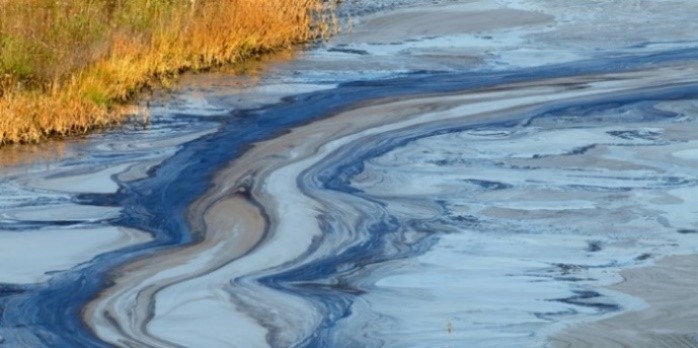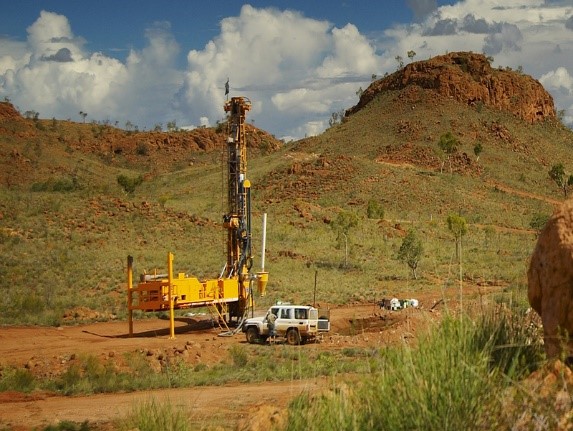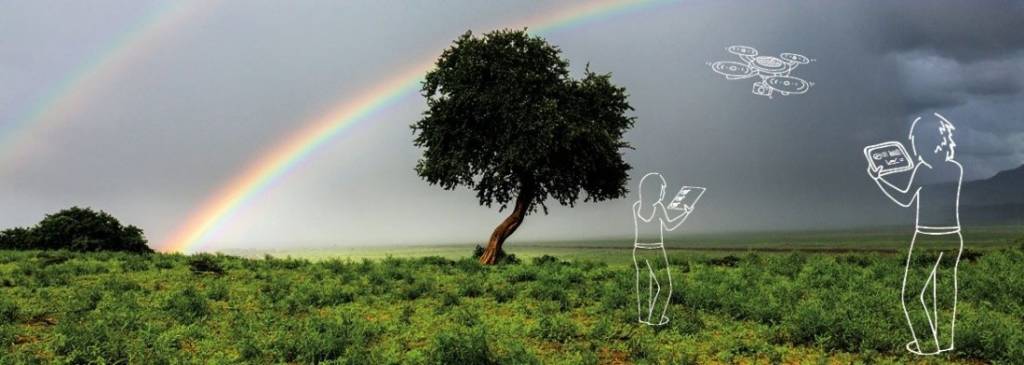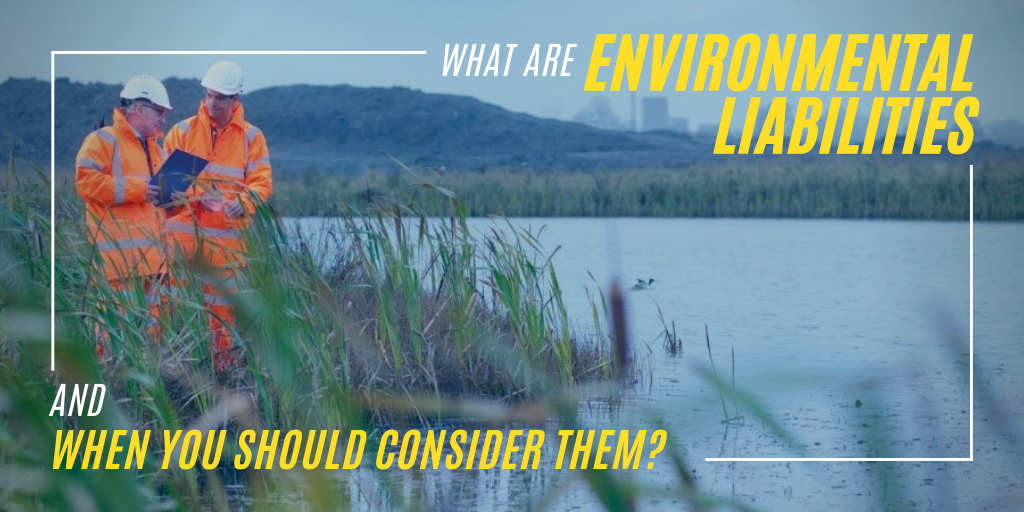Environmental Liabilities
Environmental liability refers to the potential environmental obligation and expenses that a company might incur when establishing a new development or purchasing an asset (Corporate Finance Institute 2015). Australia has a federal legal system with environmental matters primarily regulated at a state and territory level (Clayton Utz 2018). A large number of legislations and regulatory bodies that govern environmental regulation in Australia give rise to many types of environmental liabilities (Sealey and Shepherd 2018). A company may also have liabilities specified in an agreement made with the landholder or community groups.

Types of Environmental Liabilities
The typical environmental liabilities a company may incur include compliance obligations, fines and penalties, remediation obligations, rehabilitation obligations and compensation obligations. These are discussed further below.
Compliance Obligations
A company may find themselves facing future compliance costs due to the laws and regulations that apply to their activities potentially adversely affecting the environment (the manufacture, use, disposal, and release of regulated chemical substances) (Restorical Research 2016). The costs of coming into compliance can range from modest outlay required to conform to administrative requirements, to more substantial outlays, involved in capital expenditure (United States Environmental Protection Agency 1996).

Fines and Penalties
Companies that are not in compliance with applicable requirements may be subject to civil or criminal fines or penalties. Fines and penalties may be enforced for noncompliance, violations of environmental legislation, permits or approvals, and/or expenses for projects agreed to as part of a settlement for noncompliance. Fines and penalties (and related outlays for supplemental environmental projects) can range from modest amounts to a few million dollars per violation.
Remediation Obligations
Each state and territory within Australia has its own legislative regime to deal with contaminated land. Generally, in all jurisdictions the following persons may be responsible for the remediation of a contaminated site:
- The person that caused, or contributed to, the contamination.
- An owner or occupier changing the use of the site where, as a result of the change, remediation is required.
- The owner of the site.
A company may incur remediation obligations when acquiring an asset, due to contamination at inactive sites that are otherwise unregulated (Sealey and Shepherd 2018).

Remediation of contaminated sites tends to be expensive, ranging up to many millions of dollars (United States Environmental Protection Agency 1996). Activities can include excavation, drilling, construction, pumping, soil and water treatment, and monitoring, and can include the response costs incurred by regulatory agencies. Technical studies and the expenditure of management, professional, and legal resources add to the cost of remediation (Restorical Research 2016).
Rehabilitation Obligations
Companies that own mining tenements and conduct exploration and extraction activities have primary liability for the rehabilitation of their mines. Mining rehabilitation obligations are primarily enforced by a system of ongoing mine closure planning and reporting, commencing at the grant of the tenement and continuing throughout the life of the mine. The content of those obligations is prescribed either under mining and environmental legislation or as conditions on mining leases (Coventus Law 2016).
In Western Australia, the Mining Act 1978 (WA) obliges every mining lease applicant to lodge a Mine Closure Plan for approval by the Department of Mines, Industry Regulation and Safety (DMIRS), detailing plans for the closure, decommissioning and rehabilitation of the mine. The Mine Closure Plan must be updated and reapproved every three years.
Compensation Obligations
Under common law and some state and federal statutes, companies may be obligated to pay for compensation of “damages” suffered by individuals, their property, and businesses due to use or release of toxic substances or other pollutants. These liabilities may occur even if a company is in compliance with all applicable environmental standards (United States Environmental Protection Agency 1996).

When to Consider Environmental Liabilities
For investors looking to purchase an asset or establish a new development in Australia, it is essential to identify the applicable laws, policies and procedures, to determine the business’s obligations and environmental responsibilities (Coventus Law 2016).
When buying a property or business, the buyer will be required to take ownership of all liabilities associated with the asset post-acquisition. Environmental liabilities are often identified when a buyer is conducting an environmental due diligence assessment on an asset. If the buyer determines that there are some environmental liabilities that will be incurred after the purchase of the asset, they may decide that the purchase is uneconomical due to the outweighing costs of meeting all the future environmental liabilities. Identifying the environmental liabilities attached to an asset may also provide an opportunity to negotiate for the purchase price to include an allowance for the costs of meeting all the future environmental liabilities contributed by the seller (Corporate Finance Institute 2015).
An environmental due diligence assessment can also be undertaken at the planning stage of a new project to determine the potential environmental liabilities and obligations a company might incur with the establishment of their proposed development. Performing an environmental due diligence assessment at the planning stage of a new development ensures that the inquiring company understands the true costs associated with their proposed establishment (Restorical Research 2016).

Who Can Help?
If you are a buyer currently in the process of examining an asset, property or business for purchase, or if you are looking to propose a new development, it is advisable to engage an environmental specialist to assist with an environmental due diligence assessment.
The team at Integrate Sustainability has a wealth of experience completing environmental due diligence assessments, with detailed knowledge of the environmental issues commonly encountered with mining and development projects in WA. Should you need assistance in assessing the potential environmental liabilities of an asset of interest, please call us on (+618) 9468 0338, or contact us via email: enquiries@integratesustainability.com.au

References
Clayton Utz. 2018. Environmental Laws. October. Accessed May 19, 2020. https://www.claytonutz.com/about/international-services/doing-business-in-australia/environmental-laws.
Corporate Finance Institute. 2015. Environmental Liability. Accessed May 11, 2020. https://corporatefinanceinstitute.com/resources/knowledge/other/environmental-liability/.
Coventus Law. 2016. “Australian Mining: Securing Rehabilitation Obligations.” Coventus Law. February 21. Accessed May 19, 2020. http://www.conventuslaw.com/report/australian-mining-securing-rehabilitation/.
Restorical Research. 2016. What is Environmental Due Diligence and Why is it Important? Accessed May 11, 2020. https://restorical.com/what-is-environmental-due-diligence-and-why-is-it-important-2/.
Sealey, Philip, and James Shepherd. 2018. “Environmental law and practice in Australia: overview.” Thomson Reuters Practical Law. Accessed May 19, 2020. https://uk.practicallaw.thomsonreuters.com/1-502-8908?transitionType=Default&contextData=(sc.Default)&firstPage=true&bhcp=1#co_anchor_a507815.
United States Environmental Protection Agency . 1996. Valuing Potential Environmental Liabilities for Managerial Decision-Making: A Review of Available Techniques. Washington, DC: Office of Pollution Prevention and Toxics .

